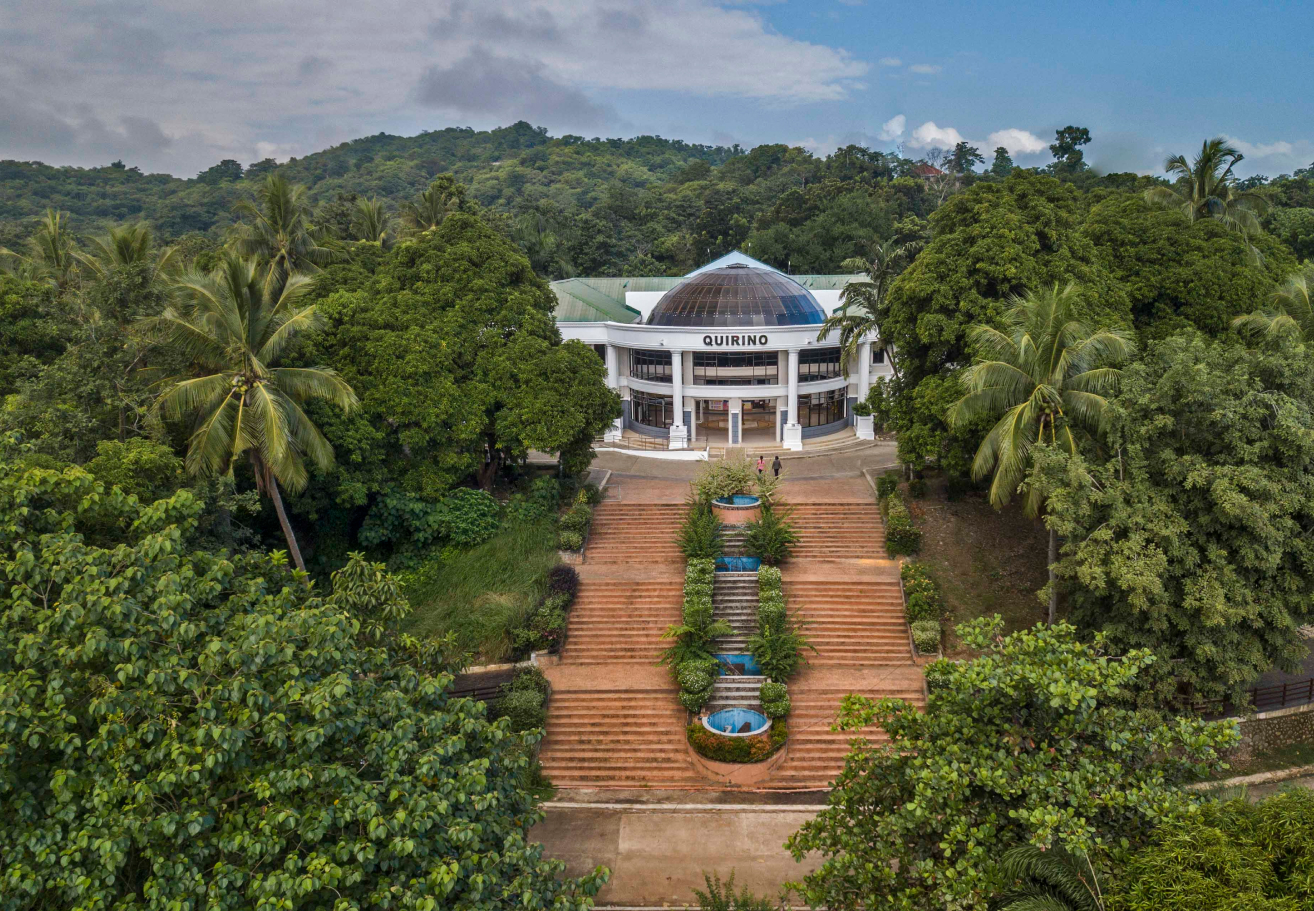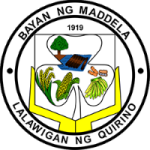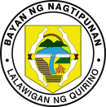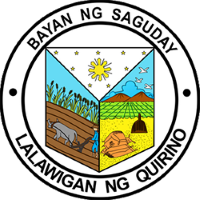
MUNICIPALITIES OF QUIRINO
Quirino, the youngest province in Cagayan Valley, came into existence in 1970 and comprises six municipalities, with Cabarroguis as its capital. Named after Elpidio A. Quirino, the sixth President of the Philippines, it originally formed as a sub-province of Nueva Vizcaya before achieving full provincial status. Its population experienced significant growth from 49,767 in 1970 to 147,100 in 2000, indicating a 2.50% annual growth rate. Republic Acts 4734, 5554, and 6394 defined Quirino’s boundaries and elevated it to provincial status. Notably, a portion of Quirino was previously part of Isabela but later reclaimed and added to Nueva Vizcaya. This legislative history underscores Quirino’s dynamic evolution within the region’s administrative landscape.
MUNICIPALITIES OF QUIRINO:
AGLIPAY
Aglipay is a third-class municipality located at the center of Quirino, directly east of Cabarroguis, the provincial capital. Although not as large as Nagtipunan or Maddela, the municipality which forms its southern border, it is, like its two bigger neighboring towns, part of the Quirino Protected Landscape, a protected biodiversity site that covers 67% of the province and which was established in 2004 to preserve the watershed area sheltering the headwaters of the Cagayan River.
Located in the Upper Cagayan River Basin in the central Sierra Madre and Caraballo mountain ranges, Aglipay is endowed with several natural attractions such as labyrinthine cave networks, unique rock formations and multi-tiered waterfalls. It is, thus, not surprising why the town is one of Quirino’s emerging destinations for visitors seeking adventure as well as for those wishing to commune with nature in an unspoiled environment.
Visit the official Facebook page of Aglipay:

CABARROGUIS
Cabarroguis, the capital of Quirino province, anchors its western edge between Diffun and Nagtipunan as a third-class municipality. It is nestled within the Quirino Protected Landscape. Although urbanization has transformed its landscape from a sprawling mountainous forest, Cabarroguis still preserves its natural beauty, earning it the moniker “The Golden Park of the Province.” Moreover, it continues to serve as a gateway to the province’s rich cultural and natural heritage.
Visit the official Facebook page of Cabarroguis:

DIFFUN
Diffun is a second-class municipality that forms the northern boundary of the province of Quirino. Due to its proximity to Santiago City, an independent component city located in the neighboring province of Isabela which has become the main commercial hub of Cagayan Valley, the town has also become a busy business center. But while shops and other commercial establishments now line the provincial highway that crosses the town, Diffun remains a must-visit destination for nature lovers and adventure seekers.
Visit the official Facebook page of Diffun:

MADDELA
Maddela is a first-class municipality that occupies the southeastern section of Quirino, the province’s panhandle. Quirino’s second largest town, it is a major agro-industrial hub that is known for its corn, palay, peanut, banana and cassava production. But while it prides itself as the province’s “Commercial Growth Center,” it has, over the years, also emerged as a popular tourist destination. Part of the Quirino Protected Landscape, it is blessed, like most of the province, with numerous natural wonders.
Visit the official website and Facebook page of Maddela:

NAGTIPUNAN
Nagtipunan, a first-class municipality in the southwestern part of Quirino, is known for its abundant natural attractions. These include scenic mountain trails, clear rivers, majestic waterfalls, subterranean caves, lush forests, and a nature park. Consequently, it has earned the title “Tourism Capital” of Quirino.

SAGUDAY
Tourists also consider the Saguday municipal hall an attraction. Located in Barangay Rizal, this Saguday landmark provides a quick peek at the town’s rich history and culture. It also allows visitors to discover the stories behind the rise of the town’s nine barangays: Cardenas, Dibul, Gamis, La Paz, Magsaysay, Rizal, Salvacion, Santo Tomas, and Tres Reyes.
Built in the 1960s when Quirino was still a sub-province of Nueva Vizcaya, the municipal hall is the only remaining “Marcos-type” building in the province. Although it has undergone a number of minor repairs, it remains in good condition and, despite its age, continues to be a functional building that houses all the services for the constituents of of Saguday.
